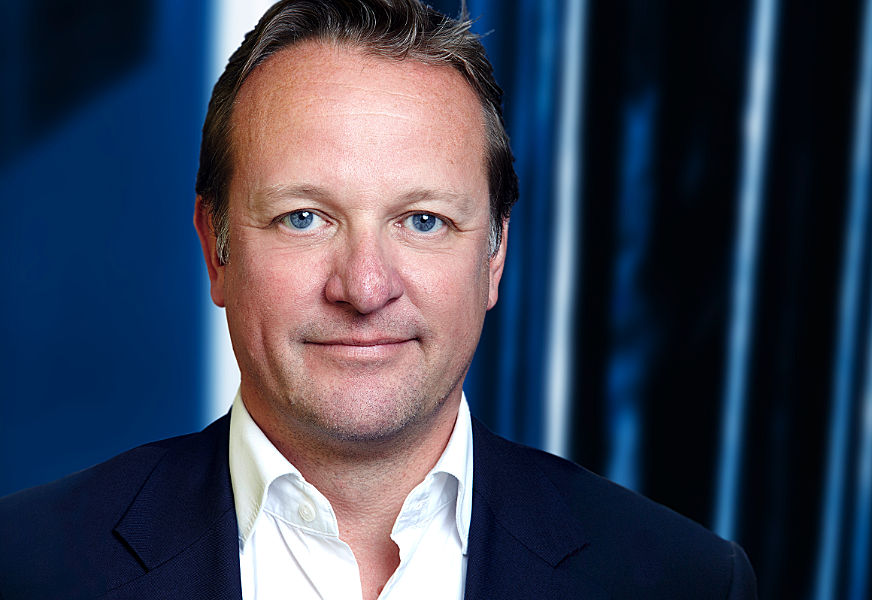The Fixed Income Leaders’ Summit is convening in Nice in the midst of a turbulent market, driven by a combination of rampant inflation, government borrowing packages, an ascendant dollar and structural weaknesses in collateral markets.
The effect has been to reduce attendance for traders at some firms, notably (but not only) those offering liability-driven investment (LDI) strategies, as active senior traders find their experience is needed in stressed markets.

“Market structure has evolved a lot of the last several years in the move to electronic and algorithmic trading,” says Lee Bartholomew, global head of derivatives product R&D fixed income & FX at Eurex. “Additionally, you have seen a lot of experienced people leave the market that have traded rate rises. We now have people on both the sell side and buy side that have never traded rate rises before, together with a tightening of risk controls for both buy side and sell side to warehouse that risk for significant periods.”
While the events of last week were focused on rates markets, led by UK’s ‘mini-budget’, in reality 2022 has been challenging for bond traders all year, with concerns around volatility, liquidity and market maker participation.

Dom Holland, senior business development manager at LedgerEdge says, “Market volatility has really sharpened minds around some of the key challenges, which have been slowly getting greater over the last few years. Liquidity is always the main part of that, accessing it and what’s good liquidity, appropriate liquidity given the time of your trade. It’s about the immediacy when the need arises, a product of good data management and connectivity, so it comes back to the order/execution management system (OMS/EMS) story.”

UK rates markets have recovered somewhat after the initial shock, but the underlying issues are still very present warns Luke Hickmore, senior portfolio manager at Abrdn.
“Gilt liquidity [last week] – shocking,” he says. “And yes, caused by market makers stepping away from what many of us consider their responsibility. Still, we are seeing buyers of gilts, we are seeing a lot of buyers for investment grade credit, and from banks on Thursday sending offer lists, offer lists, offer lists, to ‘bid only’ on Friday morning it has been quite a turnaround really.”
Consequently, traders and investors should be conscious of not only the market circumstances but the way they are sourcing liquidity in the market, says Michel Vernier, head of fixed income strategy at Barclays Private Bank.
“European investment grade bond investors have a lot to digest at the moment; be it rates, or the challenges particularly European issuers face with regards to limited gas supply,” he says. “For investors who focus only on the most known and liquid names, the Credit Default Swap (CDS) market may provide a more appropriate picture compared to bond indices which, especially during the pandemic, have been highly impacted by a lack of liquidity.”
Longer term issues persist, as less liquid fixed income markets are still struggling to deliver supply to meet buy-side demand.
“It’s not like all markets are fixed today,” Hickmore says. “No problem if you want to buy or sell in investment grade credit but high yield is a very, very different picture. Dealers are really very cautious with balance sheet in high yield today and I’m definitely sensing some frustration from our fund managers in that space, because they are just not able to get the trades they want to get done.”
©Markets Media Europe 2025















